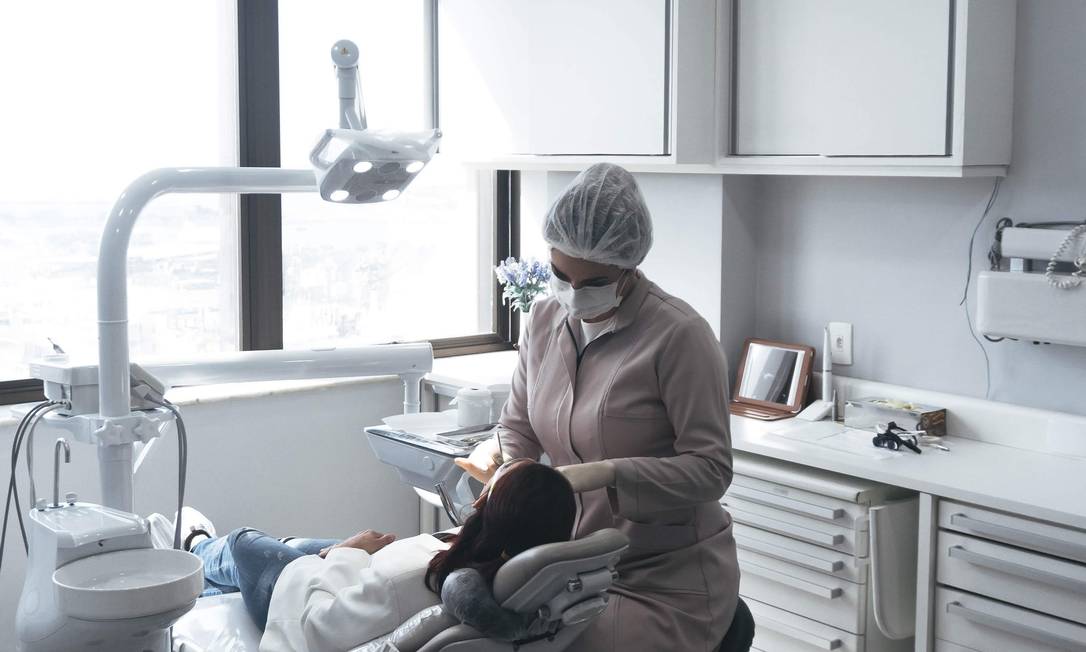Dental Radiographs: Types and Benefits
Radiographic imaging is an indispensable tool in the field of dentistry, providing crucial insights into a patient’s oral health. Dental radiographs, commonly known as dental X-rays, offer a window into the hidden structures of the mouth, aiding dental professionals in diagnosing conditions, planning treatments, and monitoring oral health over time.
Anúncios
Types of Dental Radiographs
Dental radiographs come in several forms, each tailored to specific diagnostic needs and clinical scenarios:
Anúncios
- Bitewing Radiographs: Bitewing X-rays are among the most frequently used in dentistry. Named for the thin tabs, or “wings,” of the X-ray film that patients bite on while images are captured, bitewings focus on the upper and lower back teeth. They are particularly useful for detecting cavities between teeth, monitoring bone levels, and assessing the fit of dental restorations.
- Periapical Radiographs: Periapical radiographs provide a detailed view of an individual tooth, from crown to root tip. These X-rays are instrumental in assessing the entire tooth structure, including roots and surrounding bone. Dentists use them to diagnose conditions such as dental abscesses, root fractures, and gum diseases.
- Panoramic Radiographs: Panoramic X-rays offer a broad view of the entire oral cavity, capturing all teeth, both upper and lower jaws, and the surrounding structures in a single image. These radiographs are valuable for assessing overall oral health, including impacted teeth, jawbone conditions, and dental development.
- Cephalometric Radiographs: Cephalometric radiographs focus on the side view of the head and are commonly used in orthodontics. They aid orthodontists in analyzing craniofacial growth patterns, helping to plan orthodontic treatments for bite correction and facial balance.
- Cone Beam Computed Tomography (CBCT): CBCT scans are three-dimensional images that provide detailed views of the oral and maxillofacial region. They are particularly valuable for complex procedures, including dental implant placement, the diagnosis of intricate dental conditions, and the assessment of temporomandibular joint (TMJ) disorders.
Benefits of Dental Radiographs
Dental radiographs offer numerous advantages in the practice of dentistry, enhancing diagnostic accuracy and improving patient care:
- Early Disease Detection: Dental X-rays enable the early identification of dental caries (cavities), gum diseases, and other oral conditions that may not be visible during a clinical examination. This early detection allows for timely intervention, potentially preventing the progression of dental issues.
- Treatment Planning: Radiographs play a crucial role in treatment planning for various dental procedures. Dentists rely on X-rays to assess tooth roots, bone density, and the relationship between teeth and adjacent structures. This information aids in treatments such as root canals, extractions, and dental implant placements.
- Orthodontic Assessment: Orthodontists use cephalometric radiographs to evaluate craniofacial growth patterns and plan orthodontic treatments, such as braces or aligners, for correcting bite irregularities and achieving facial harmony.
- Impacted Teeth Evaluation: Dental X-rays are invaluable for identifying impacted teeth, particularly wisdom teeth. They help determine the appropriate course of action, such as extraction or ongoing management.
- Periodontal Health Assessment: Radiographs provide crucial insights into the health of supporting structures, including the bone and periodontal ligaments. They are instrumental in diagnosing and monitoring periodontal diseases.
- Safety and Minimal Radiation Exposure: Modern dental radiography equipment is designed with patient safety as a top priority. Dentists adhere to strict guidelines to ensure that patients receive the lowest radiation dose necessary while obtaining essential diagnostic information.
- Patient Education: Radiographs serve as valuable visual aids for patient education. Dentists use X-ray images to explain dental conditions, treatment options, and the importance of oral health maintenance to their patients.
- Record Keeping: Dental radiographs serve as permanent records of a patient’s oral health history. They help track changes over time, facilitate the continuity of care, and enhance the quality of treatment.
Patient-Centric Approach: Minimizing Radiation Exposure
Patient safety is a paramount concern in dental radiography. Dentists follow strict protocols to minimize radiation exposure while obtaining essential diagnostic information. Some key strategies include:
Anúncios
- Lead Aprons and Collars: Patients are typically provided with lead aprons and collars to shield sensitive areas of the body from radiation.
- Proper Equipment Calibration: Dental X-ray machines are regularly calibrated to ensure accurate and low-dose radiation exposure.
- Use of Thyroid Collars: Specialized thyroid collars are used to protect the thyroid gland, a particularly sensitive area.
- ALARA Principle: Dentists adhere to the ALARA (As Low As Reasonably Achievable) principle, which emphasizes using the lowest possible radiation dose while still obtaining the necessary diagnostic information.
The Future of Dental Radiography: Evolving Technologies
As technology continues to advance, the field of dental radiography is likely to see further improvements. Emerging technologies, such as 3D dental imaging, promise even more precise diagnostics and treatment planning. These innovations are particularly valuable in complex cases, such as dental implant placements, orthodontic treatments, and oral surgeries.
Dental radiographs are an indispensable tool in modern dentistry, providing a comprehensive view of a patient’s oral health and facilitating better diagnosis and treatment planning. The different types of dental X-rays cater to distinct diagnostic needs, enabling dental professionals to provide comprehensive and proactive oral healthcare. These images aid in early disease detection, treatment planning, orthodontic assessments, and more, ultimately contributing to improved oral health and the overall well-being of patients.


